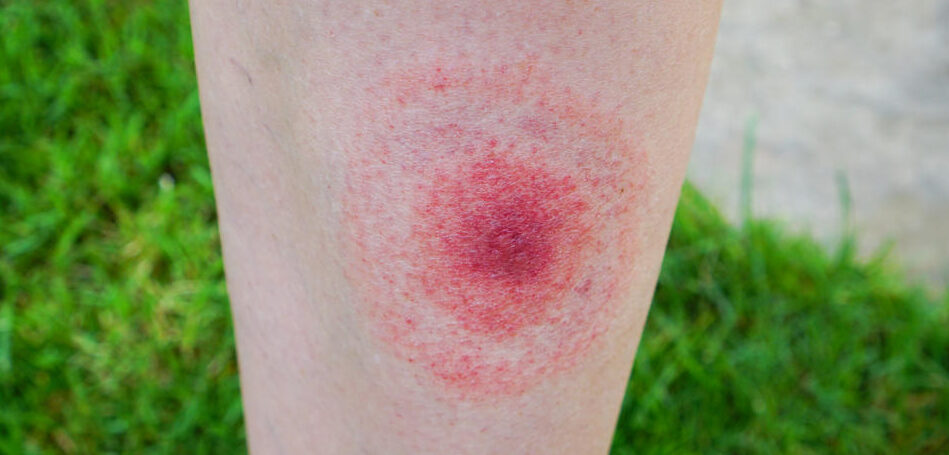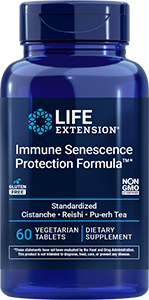Lyme Disease

Lyme Disease: Symptoms and Treatment
By Beth Navage
Lyme disease is a bacterial infection that is spread through the bite of infected ticks. Because its symptoms mimic those of other illnesses, and because patients may not have noticed a tick bite, Lyme disease is sometimes difficult to diagnose.
Its tell-tale sign is a round, red rash at the site of the bite that can grow quite large. Experts estimate that as many as 95 percent of patients develop this Lyme disease rash.
Flu-like symptoms are also common. They may include:
- tiredness
- fever
- headache
- muscle pain
- stiff neck
- swollen joints
Some patients have no symptoms at all in the early stages of the disease. In the later stages, symptoms may include:
- additional skin rashes
- pain, weakness or numbness in the arms or legs
- paralysis of facial muscles, usually on one side
- chronic muscle pain
- problems with memory, mood, sleep or speech
- irregular heartbeat (not common)
- chronic Lyme arthritis, which attacks one or more joints for up to six months at a time
Testing
STD Tests
STD Testing at-Lab (Near Me)
STD Tests at-Home (Kits)
Fertility Tests
Women's Fertility Test at-Home
Health Tests
See All >>
With antibiotic treatment, most Lyme disease patients make a rapid and full recovery. Late-stage Lyme disease may require two courses of antibiotic treatment. In a fraction of cases, patients have lingering symptoms of Lyme disease even after the infection is gone.
Lyme disease is most prevalent in the Northeast and upper Midwest, where deer ticks roam, and along the Pacific Coast, where Western black-legged ticks are common. If you live or vacation in these areas, take precautions, especially during the spring and summer, when the ticks are most active. Remember that, depending on where they are in their life cycle, these ticks may be as small as the head of a pin.
Don't give the ticks any bare skin to latch on to. Wear long pants and long-sleeved shirts while outside, especially in brushy or grassy areas. Tuck your pants into your socks.
Wear light-colored clothing so you can see any ticks that might be hangers-on.
Check for ticks before going inside, including anything that might look like a speck of dirt. Showering after you come indoors can remove any ticks that haven't attached themselves. Ticks may stay on the skin for hours before latching on.
Use insect repellent.
When hiking, stick to the trails. Avoid bushes and long grass.
Check pets for ticks before letting them indoors. Or to be completely safe, do not let them come in and out of the house; keep them in one place or the other.
Remove ticks quickly and properly. It takes as long as 48 hours for bacteria from a tick bite to enter your bloodstream. If the tick has been attached for less than two days, your risk of Lyme disease is low.
See your doctor if you know you have been bitten by a tick and are experiencing any symptoms of Lyme disease. Even if you've had the disease before, it can strike again. Early treatment is most effective.
Don't be fooled if your symptoms go away. The infection is still inside your body, wreaking havoc. Signs and symptoms of Lyme disease can wax and wane. See your doctor.
 Disclaimer: Articles not intended to Diagnose, Treat, Cure or Prevent Diseases.
Disclaimer: Articles not intended to Diagnose, Treat, Cure or Prevent Diseases.
Infections | Education | Products | Testing


